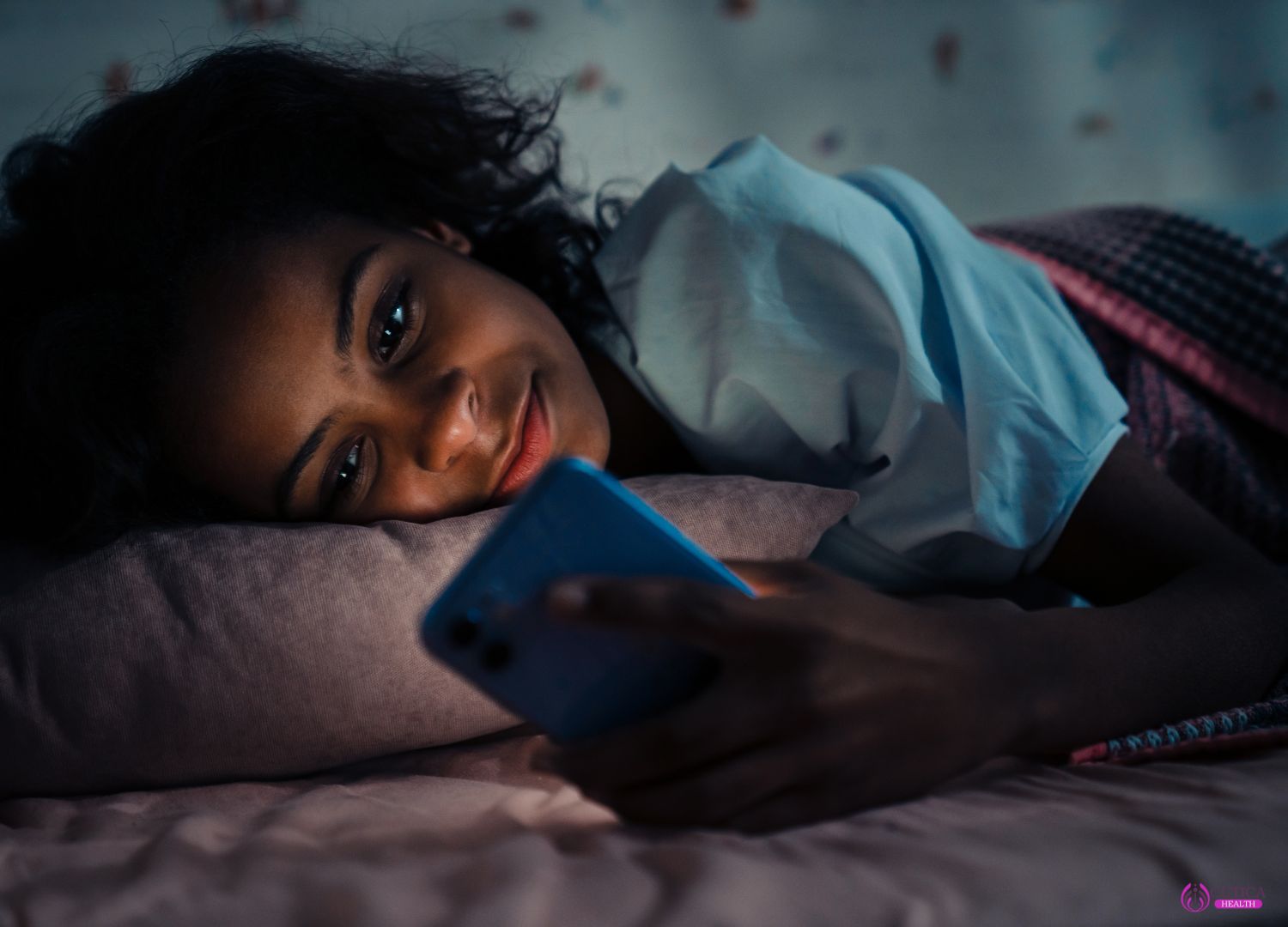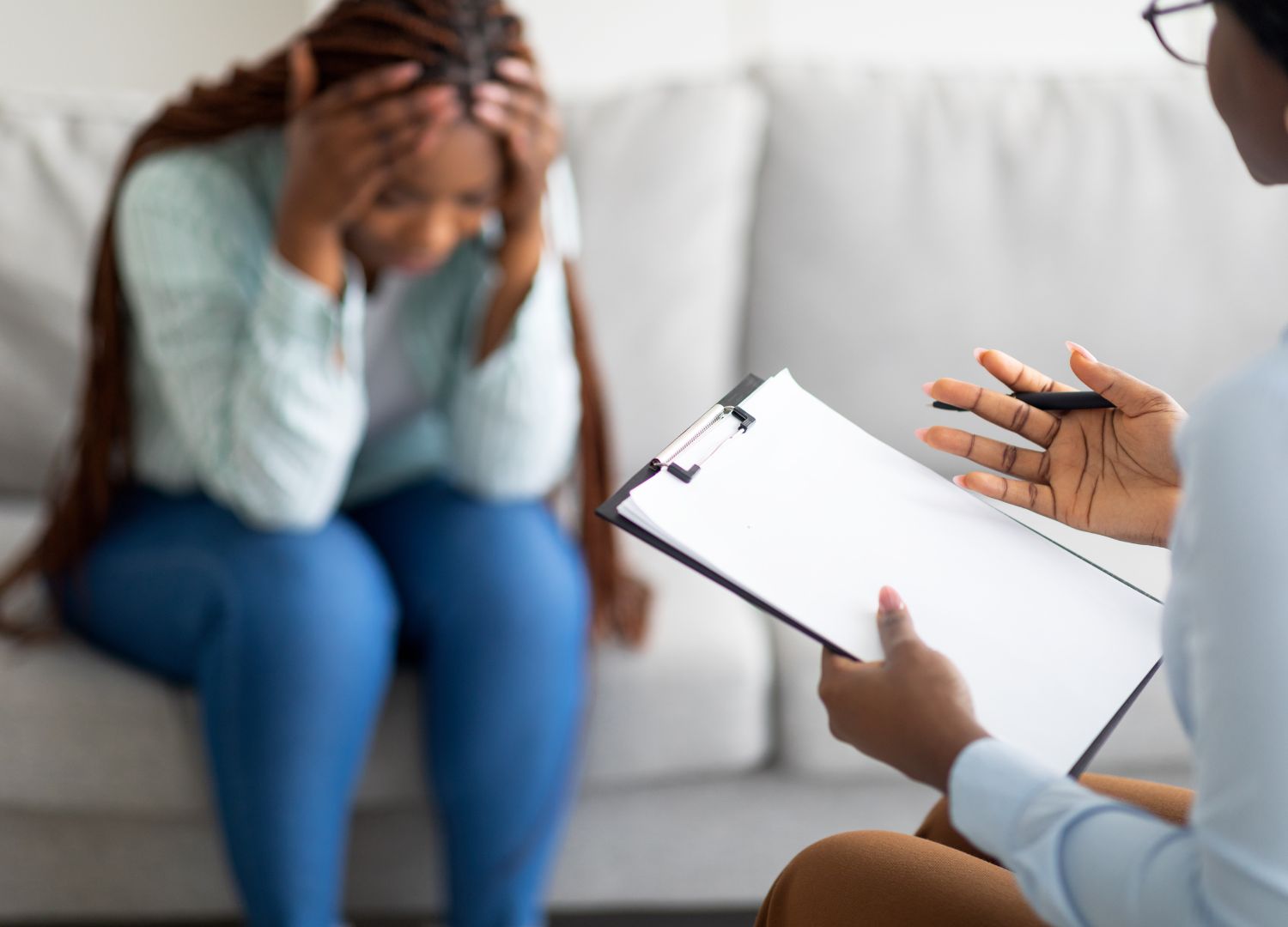
Blue light: dangers of overexposure to screens
One of the little interest of science na say wetin we consider as light nor dey colorless; in fact nor be just one color, elementary physics tells us say na actually seven colors dey wetin we dey consider as light.
Some of the light na the ones wen human eye fit see and some odas we nor fit see.
The ones we fit see na wetin we dey refer to as the visible light spectrum and blue light is part of am.
Why single out blue light? E dey harmful?
Well, to answer that question, we go need to remember some basics. You know say blue light dey “vibrate” within 380 to 500 nanometer range? Dis one mean say blue light dey the class of light with highest energy.
Make we even talk about high energy, about 33% of light wen we fit see na high-energy/blue light, and na the sun be the highest/most important source. But, apart from say the sun be natural source of blue light, artificial sources dey too, and dem be:
CFL (compact fluorescent light) bulbs
Computer monitors
Smart phones and tablet screens
Flat screen LED televisions
Fluorescent light
LED light
E dey obvious from the list say even wen we limit exposure to sunlight, wen be the most important source of blue light, we still dey exposed to blue light for many more ways pass as e think.
Wetin be the positive health effects of blue light?
Blue light dey associated with improved memory, improved cognition, boost in alertness and mood enhancement! Blue light dey also help to regulate your body wake and sleep cycle. I sure you nor fit forget say sunlight, especially the early momo sun, dey good for vitamin D and also dey important for the growth and development of the eyes and vision of children. Some authorities also believe say exposure to sunlight go help to prevent nearsightedness. That is to say if you nor dey expose to sun reach e fit increase short-sightedness.
Wetin be the negative health effects of blue light?
Exposure to your screen dey important, but the volume of exposure to blue light from your screen dey much less than wetin you absorb from sunlight emself, wen be the major source of blue light. Experts dey concerned about how long you go spend for front of your screen especially when you bring the screen too close to your eyes. Apart from your screens, repeated exposure to blue light from sunlight dey affect your retina, wen be the light-sensitive layer for the back of your eyes. Dis one fit lead to conditions such as age-related vision loss, cataracts, eye cancer and the danger dey even greater among children because dia eyes absorb more blue light from devices.
Na common knowledge say most of us like to dey use our phones just before we sleep. But, E go fit help us if we adjust our habits wen we remember say exposure to blue light from digital devices just before we sleep dey affect wen our bodies secrete or create melatonin wen dey important for sleep. This one simply mean say exposure to dese blue light wen dey come out from our devices just before we sleep dey affect our sleep pattern. Scientists don also suggest wetin dem dey call digital eye strain—because we dey blink less wen we focus on digital devices, and e go result to eyestrain.
Take-home message: Blue light get positive and negative effects. To minimize dese effects, use blue-light filters and observe the 20-20-20 rule, meaning you go stay 20 feet away from the screen, and take 20 second break every 20 minutes.












